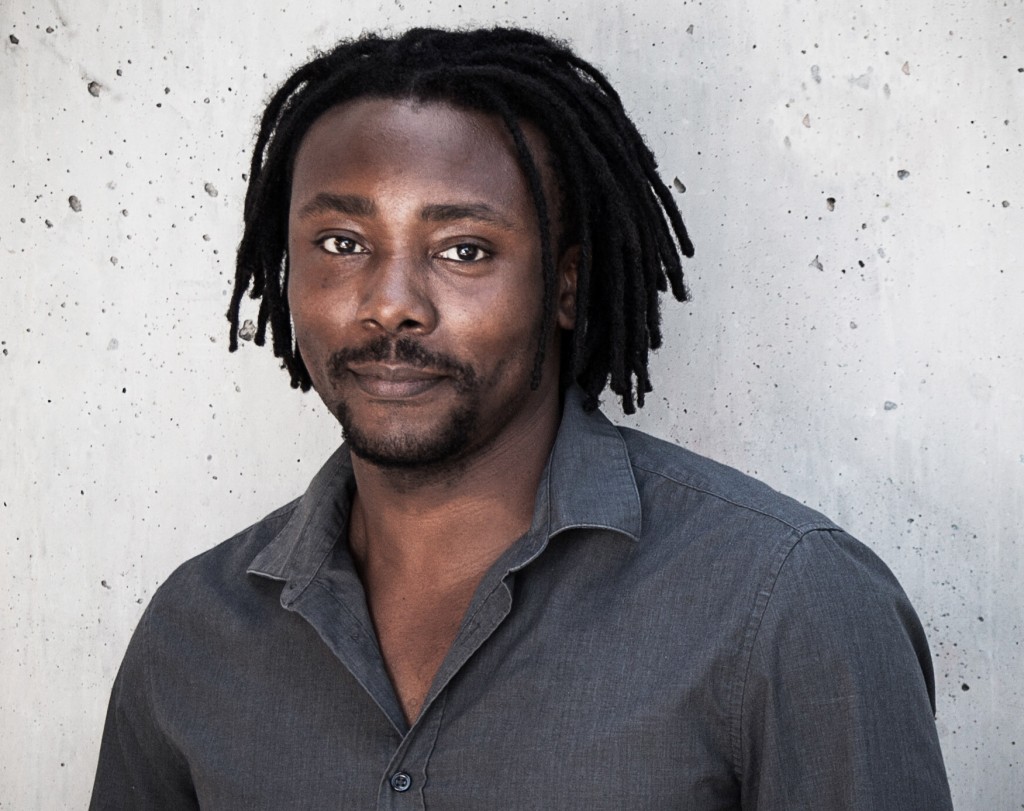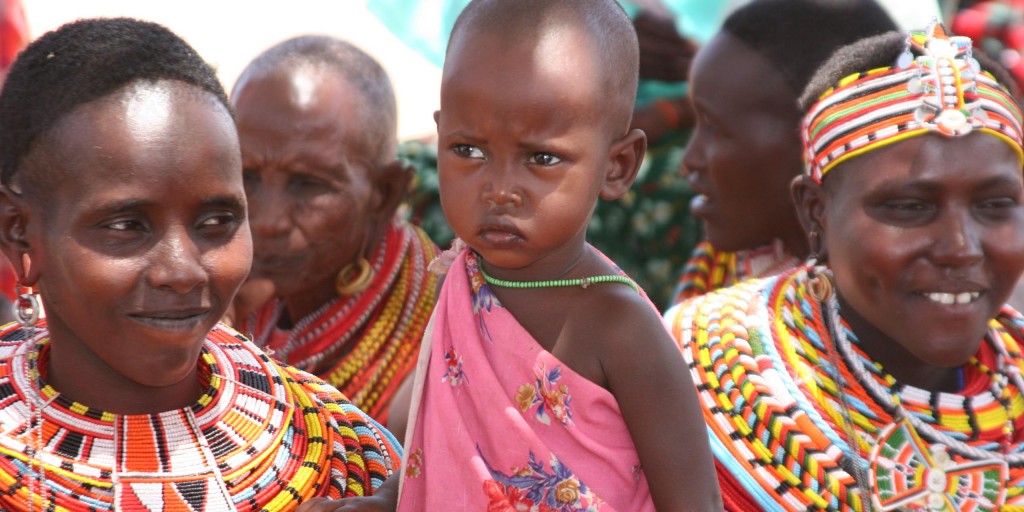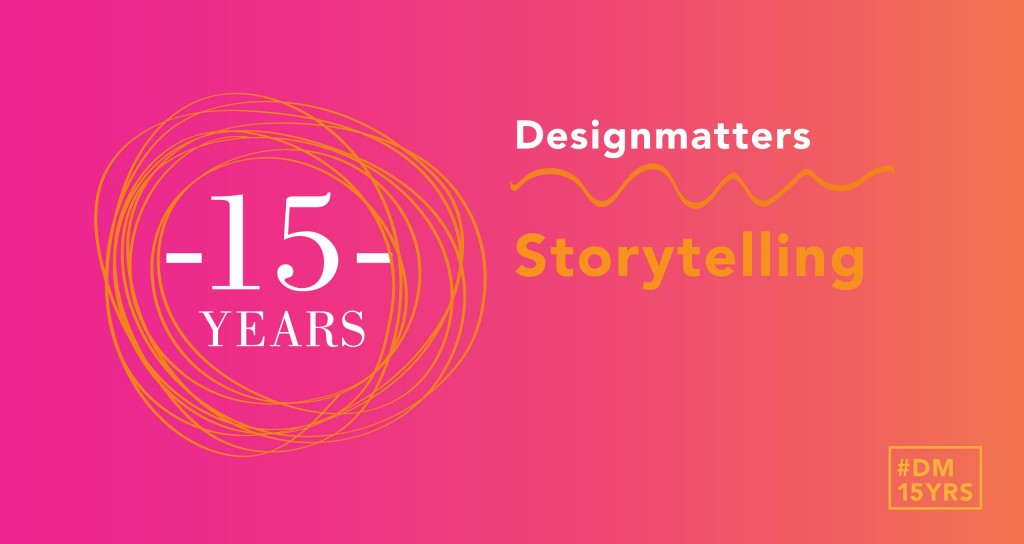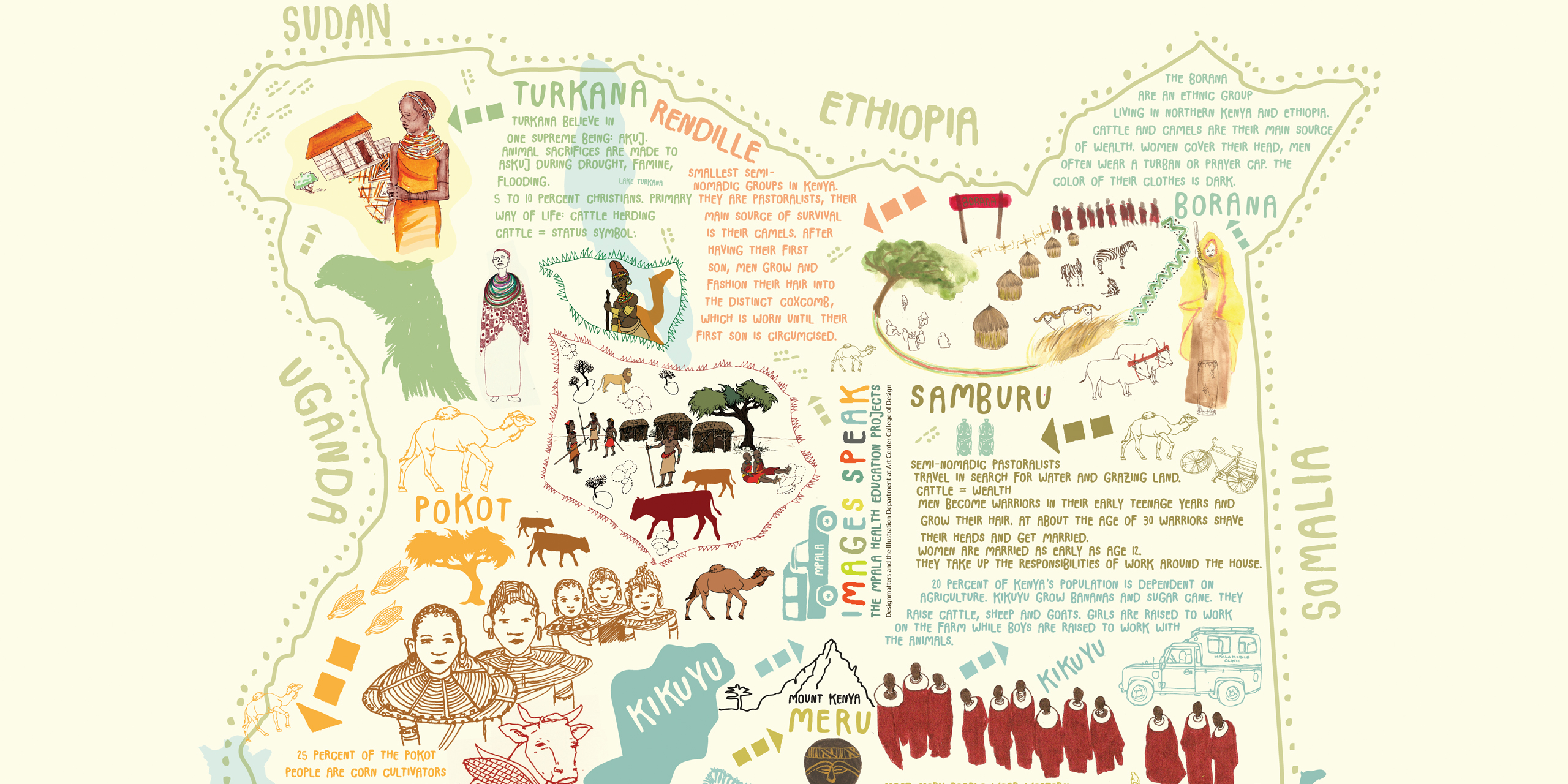 What are the elements that make up a good story? There are all the usual things like, structure, character, and plot. But ultimately a story can also be riveting and connect with an audience with just one simple component; emotionality. If you can make the audience feel something, then they will follow and support your story until the end.
What are the elements that make up a good story? There are all the usual things like, structure, character, and plot. But ultimately a story can also be riveting and connect with an audience with just one simple component; emotionality. If you can make the audience feel something, then they will follow and support your story until the end.
You might be asking yourself, “What does storytelling technique have to do with social impact design?” At one time, I was asking myself the same question. I made a general assumption that design for good was also inherently design for boring. Boy, was I wrong…
One of my favorite Designmatters projects is the Mpala Solar Camel Clinic. The first time I saw this camel strapped with all that hardware, I thought it was something out of a science fiction movie. I soon learned that in some parts of the world, camels are still used to transport goods to hard-to-reach remote areas. But what happens when they need to transport items like medicine that require refrigeration?

The Mpala Solar Camel Clinic Project, a multi-function, camel-packaging system to improve efficiency of mobile clinics.
Some clever design students from ArtCenter College of Design and scientists from The Princeton Institute for the Science and Technology of Materials devised a plan to create solar-powered refrigeration units that could be mounted on a camel. Genius, right? These “do-gooders” travelled all the way to Kenya to field test the designs and document their findings. And us lucky folks got to observe and witness the joy that was brought to people in need of basic medical assistance. I don’t know about you, but when I look at the image below it generates a feeling of warmth in my soul that is indescribable. To put it simply, I actually care and empathize with all those involved in the project, from the creators to the users. And, I’m pretty sure I’m not the only one that feels that way about Designmatters projects.

Thanks to new modes of refrigerated delivery, important drugs were available for the first time in underserved, remote communities in the Laikipia district of Kenya.
Some of Designmatters best projects/stories have garnered attention from some of the biggest media outlets in the world. Students have won prestigious design competitions and received thousands of dollars in support from outside organizations in order to continue developing their social impact projects. And this is all because they’ve created a design that touches people and ignites the imagination; projects like a pedal-powered washer/spin dryer, or a portable water heater and pressurized shower, or even a fictional cartoon character that teaches children the dangers of hot things. These are the kind of “cool things” that you tell your friends about or that inspire the creative spirit in one to “do good.”
So what’s there to learn from all this? At the end of the day, we as humans are inherently drawn to storytelling because of our need to connect with one another over a common bond. If I had to describe that connection in one word, it would be empathy. Working with Designmatters has taught me to embrace empathy and also what it truly means to create change in the world through the beautiful guise of storytelling + design.
________
Steven Butler is the Media Manager for Designmatters, as well as an ArtCenter Alum (Film ’13). When Steven is not handling web & image assets for ArtCenter’s social impact department, you can find him directing branded content and music videos for an array of clients. To view Steven’s filmmaking work please visit, stevenjbutler.net and connect with him here —> Twitter @sjb3000
Help us celebrate 15 Years of Designmatters by using the hashtag #DM15Yrs
Catch up on the entire campaign at designmattersatartcenter.org/category/dm15
For the latest Designmatters news follow us on Twitter and IG @DesignmattersCA

#DM15yrs campaign designed by Vina Rostomyan
